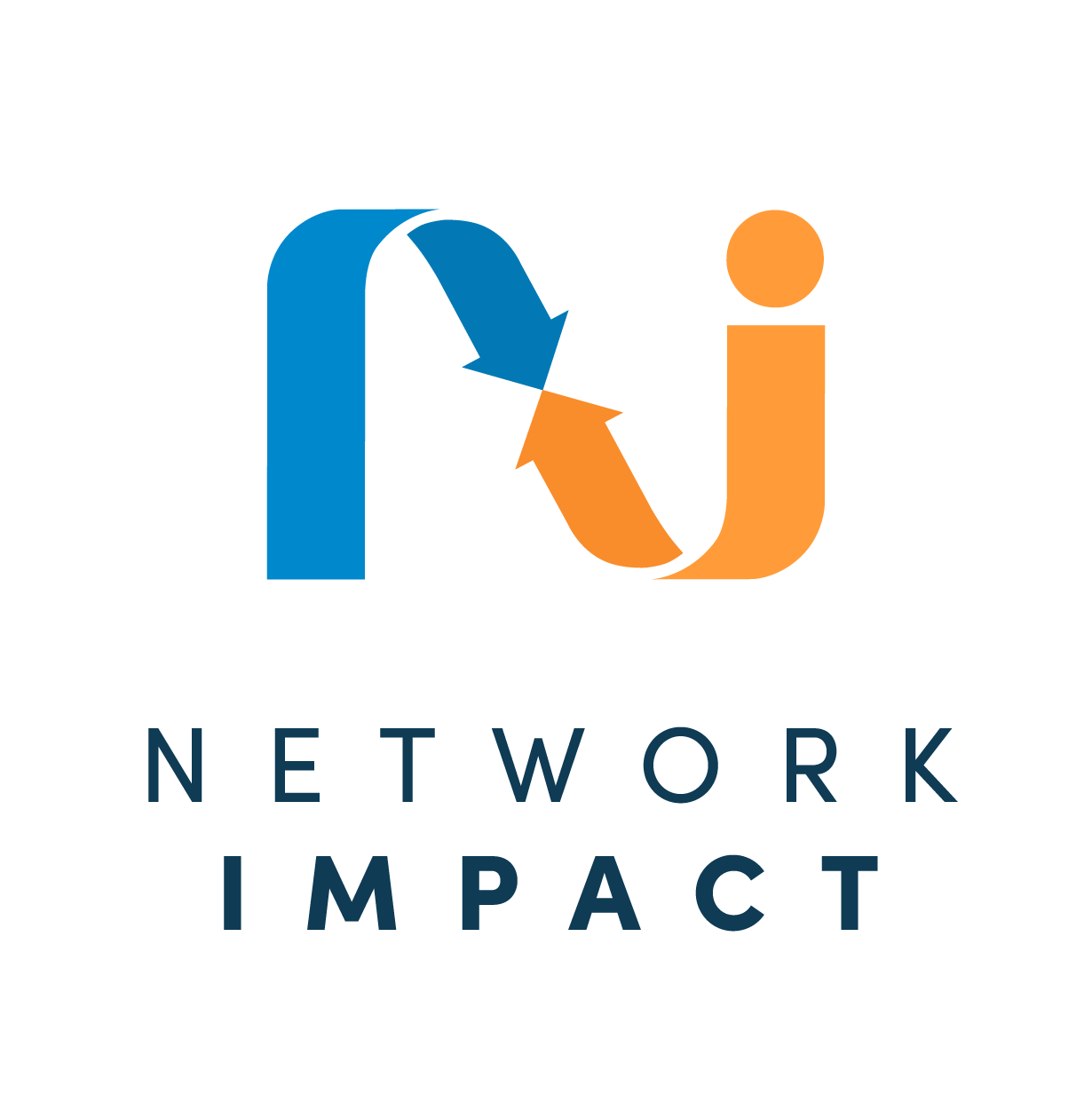Gladwell Tips Too Far
May 2014
For social change, it’s not weak tie vs. strong tie networks, it’s both–and digital tools can make a difference.
Malcom Gladwell’s recent piece in The New Yorker, “Small Change,” generated immediate buzz among members of the Network Building Community of Practice that the Barr Foundation, the Interaction Institute for Social Change and Network Impact have helped to convene in Boston. In these exchanges, you will find no shortage of arguments that challenge Gladwell’s assertion : “…the revolution will not be tweeted.” No shortage either of examples that qualify Gladwell’s equation: digital = weak ties = ineffective social movement.
The examples are important because they show how social change objectives are often met by activating multiple network strategies at the same time or over time. Digital tools may serve some parts of the work more effectively – but, in our view, that can hardly be decided before the fact.
In our work with the Massachusetts Inter-Agency Council for Housing and Homelessness, we see advocates reaching out through weak ties for new insights and ideas about “housing first” strategies and working in close knit clusters to develop particular interventions (e.g., around prevention, diversion and rapid –re-housing). In our work with rural advocacy networks, we see and promote points of intersection between bounded issue- or place-based rural nets and the open and emergent networks of rural advocates that have a cross- sectoral or national scope. Finally, we see lots of evidence that effective policy efforts link policy wonks and strategists in bounded networks to activists in large unbounded networks and that digital tools have a place in all of it (from NING to Facebook).
One of the ways that we prompt conversations about what tools may be suited to what purpose is by drawing a simple graph: four quadrants; “online” and “off line” are poles on the x-axis; “strong ties” and “weak ties” are poles on the y-axis. When you start to locate effective network-based social change initiatives on the graph, you’ll find that it’s a mix. Very few networks we work with (or can think of) are concentrated at a single pole.
